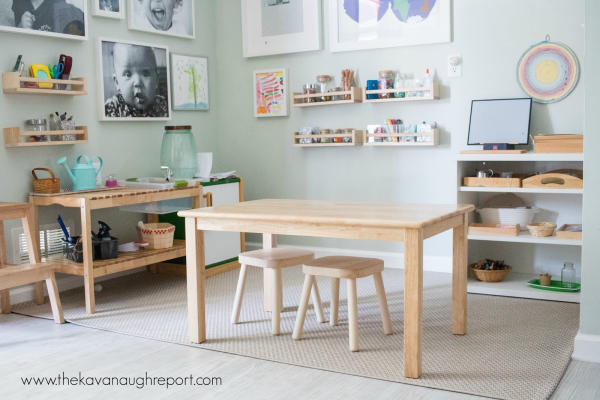If you are a homeschooling parent, you may want to try incorporating the Montessori method into your homeschooling curriculum. The principles of Montessori encourage children to be active learners. You can use the methods in all areas of your home to engage your children in learning. A morning routine helps establish a regular schedule. Reading to your child and including him or her in your daily activities can make a big difference.
The foundation of the Montessori method is a well-organized environment. Even small children will want to explore the home, so you can make sure that you keep things easily accessible. As your child gets older, you can add small chores, like cleaning and dusting, and build up to bigger ones. Your child will need more space to move around and will want to explore the entire house. You can begin with a simple task like keeping the room clean, such as sweeping. Once they have reached a certain age, you can expand their tasks to larger ones.
You can use dressing frames to help your child learn how to tie a shoe or button. You can also purchase fancy dressing frames that have buckles, laces, zippers, and buttonholes. These things will encourage your child’s independence and growth. While dressing up your child at the dress-up table, try to incorporate life skills that will benefit him or her as he or she grows up. Then, you can introduce more complicated tasks.
You can make your own materials for the Montessori classroom. To begin, you can make a baby-safe mirror, a low-level shelf, and other things you can find around your house. As your child becomes mobile, you can start childproofing your home with baby gates. As your baby grows up, you can add more Montessori materials. If you are unsure about what kinds of materials are appropriate, you can always laminate them for extra durability.
The most important element of a Montessori-friendly home is you, the parent. Take the time to observe your child’s activities and learn about his or her interests. If your child is already enjoying the activities, you can incorporate them into your home. Observe his or her toys and try to add more of them to the environment. If they aren’t getting enough attention, try to make the room as conducive as possible.

You don’t need to be a perfect Montessori teacher. However, you should be a silent observer in your child’s activities. You should be a silent observer who doesn’t interfere with your child’s progress. A Montessori-styled home should be clutter-free and free of distractions. As a parent, you are the child’s guide. You should never be distracted by your child’s behavior.
Using Montessori materials at home is essential. Having access to these materials in your home can help your child learn the concepts of the Method. The Montessori method also recognizes the child’s natural curiosity and recognizes the importance of the freedom to move. It is crucial to introduce these concepts into your home environment to encourage your child’s natural learning. By following the Montessori principles, you can easily incorporate these ideas into your daily routine.
In addition to the books and the materials, you should also provide a variety of materials that your child can explore. It is important not to interrupt your child’s play. The Montessori approach is more than just toys. It is also about fostering their interests. In other words, you should provide a safe environment for them to use the materials. When your child is engaged in an activity, it is more likely to learn and discover.
When choosing materials, be sure to consider the child’s age and ability. Some children respond well to items that are too small for them to handle. A Montessori home environment will be more flexible than a traditional home. Just make sure you’re careful to limit the number of objects that could hurt your child, which will increase the chances of success. It’s important to be prepared to change the environment for your toddler.

